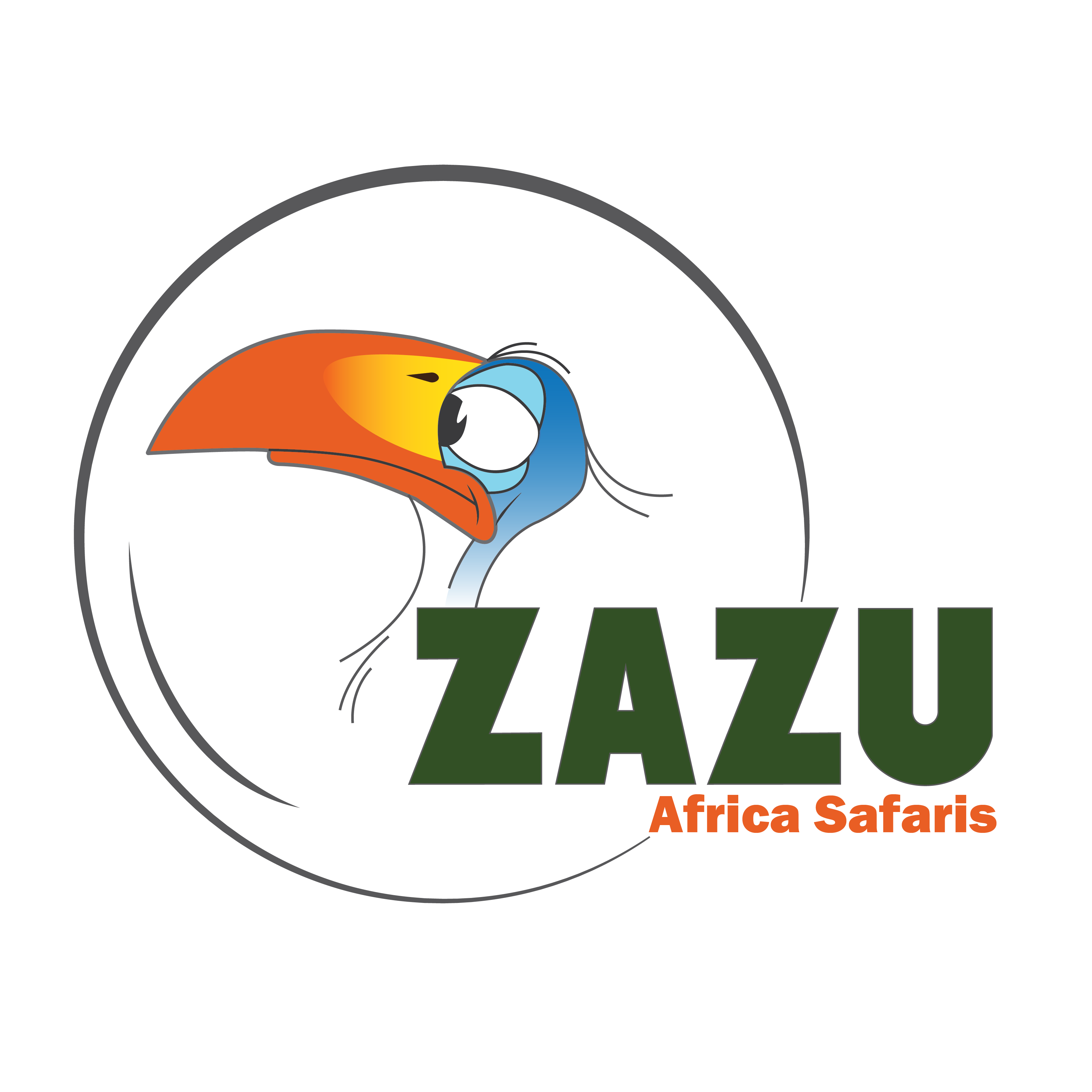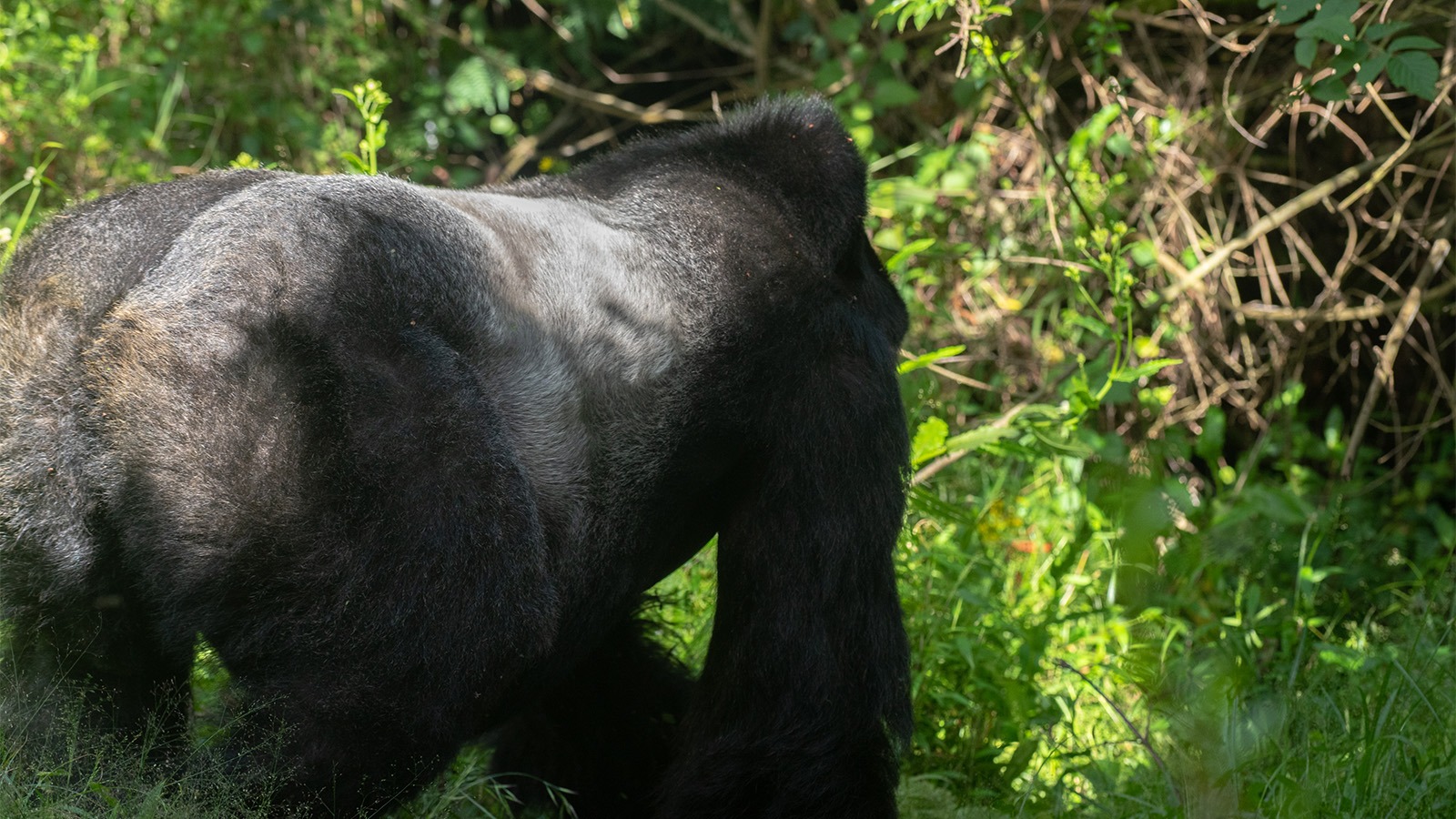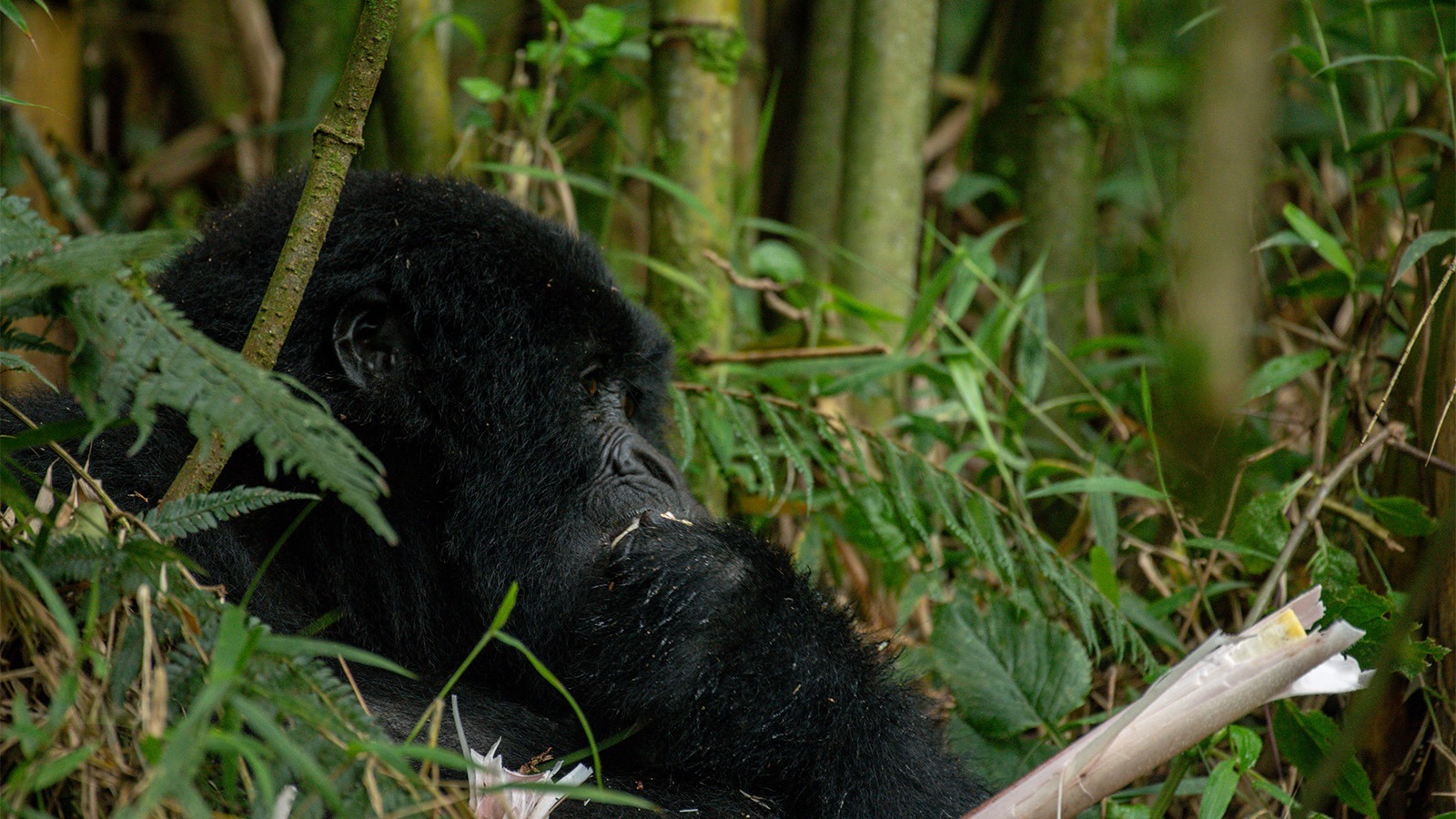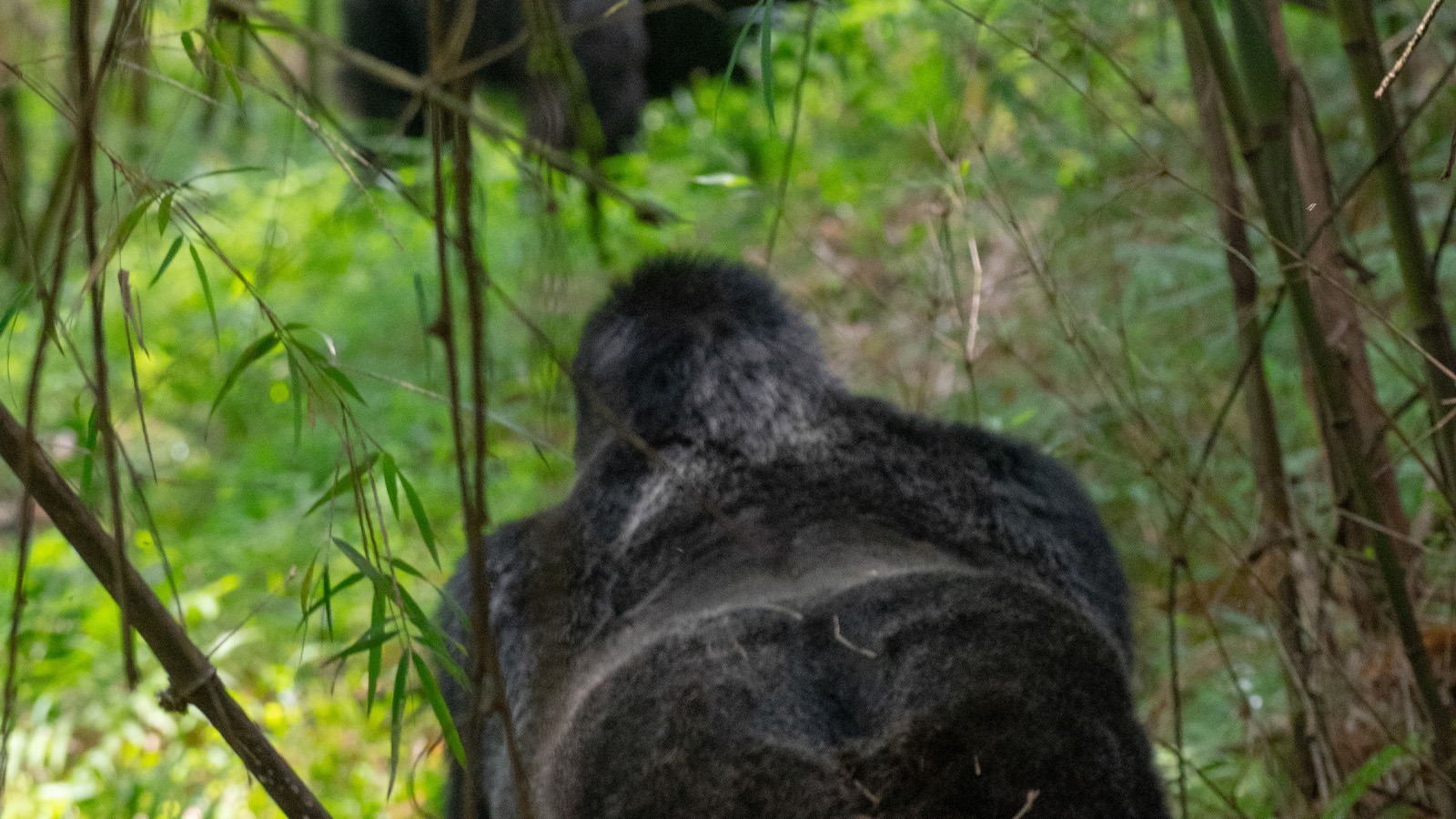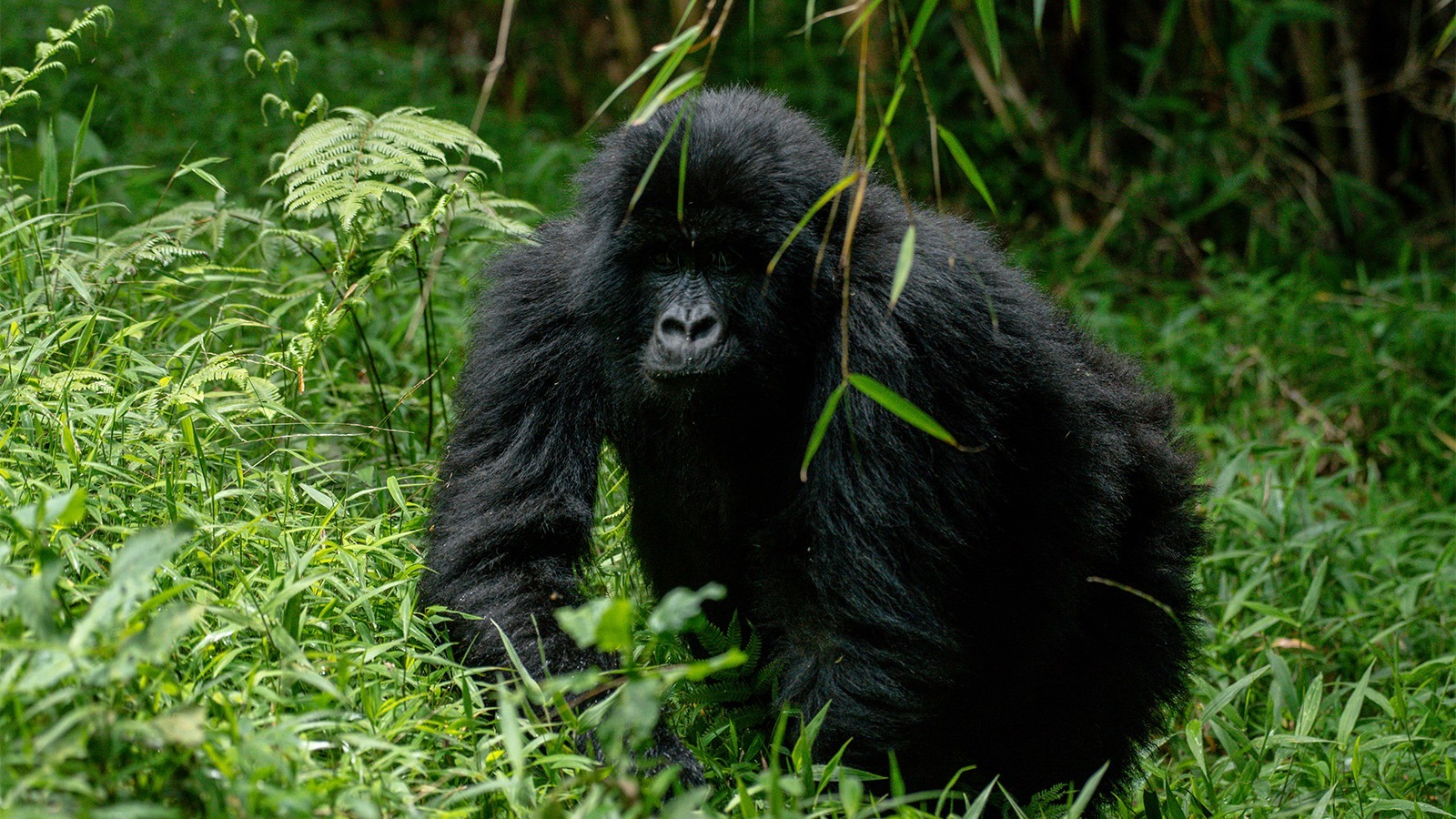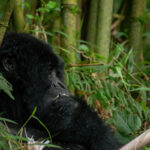What is a Gorilla Permit and Why Do You Need it? Imagine standing just a few feet away from a majestic mountain gorilla in...
What are the Rules and Regulations of Gorilla Trekking in Uganda and Rwanda?
What are the Rules and Regulations of Gorilla Trekking in Uganda and Rwanda? The Uganda Wildlife Authority to protect both humans and gorillas during the gorilla trekking activity. In Uganda, gorilla trekking takes place in Bwindi Impenetrable National Park and Mgahinga Gorilla National Park. The first rule for gorilla trekking in Uganda and Rwanda is that you must be over 15 years old and obtain a permit from the government wildlife authority. Find out more rules and regulations as explained below. Contact us.
Rules You Must Know Before You Go Gorilla Trekking in Uganda and Rwanda
The rules of gorilla trekking include those you have to adhere to before gorilla tracking and during gorilla tracking.
Before gorilla tracking
- Ensure to carry with your payment receipts and permits. These are the ones that show that you are eligible for gorilla tracking.
- Do not visit the gorillas if you have a cold or other infectious illness. Because gorillas share about 90% of their DNA with humans, they may be infected, and the side effects may be brutal.
- Minimum age for tracking is 15 years. People of this age and above tend to have the physique needed to track mountain gorillas, less susceptible to flu and colds, and won’t be intimidated by the first sight on the gorillas easily.
- Human waste should be buried 30cm (12 inches ) deep. If not buried well, it may cause infections to gorillas.
- Maximum number of visitors is eight persons per gorilla group. This number was set by UWA and RDB to limit the stress on the gorillas by tourists in their habitats.
When You Are With The Gorillas
- Maintain a 10m (32.8ft) distance from the gorilla. Though they are used to human presence, they are still wild animals and they are curious, thus they might harm you.
- Smoking, eating and drinking are not permitted during the tracking. Gorillas may be tempted to grab what you are eating, leading to injury or laziness of the gorillas, as they may start expecting to get food from visitors.
- If you must sneeze or cough cover your face and turn away from the gorillas, as they can catch coughs and colds from humans.
- Visits are limited to one hour per gorilla group per day. This is to allow gorillas to live their daily social life without feeling threatened or deprived of their peace by visitors.
- Do not use flash photography. The flash makes gorillas uncomfortable, which may make gorillas to behave in an unusual way.
- Do not leave litter in the forest. For the respect we have towards their natural habitats and conservation at large, littering is prohibited.
Why Gorilla Trekking Rules and Regulations Are Important
Mountain gorillas are critically endangered, but responsible tourism offers hope for their conservation. The rules and guidelines for gorilla trekking serve several essential purposes:
- Protecting Gorillas from Human-Borne Diseases:
Gorillas share a high percentage of their DNA with humans, making them highly susceptible to human illnesses (Trans species diseases). These guidelines are designed to minimize the risk of disease transmission to these vulnerable primates. - Minimizing Disturbance to Gorilla Families:
Gorillas have intricate social structures that can be easily disrupted by human activity. The rules help ensure that their natural behaviors and family dynamics remain undisturbed even when visited. - Ensuring Tourist Safety:
Despite their gentle nature, gorillas are wild animals with immense strength. The rules are designed to maintain a safe distance and prevent incidents, safeguarding both visitors and the animals. Ignoring these guidelines could lead to dangerous encounters in the rainforest. - Avoid making loud noises or sudden movements that could startle or alarm the gorillas. Maintain a respectful and calm demeanor throughout your visit.
- Promoting Sustainable Tourism:
By adhering to these rules, tourists support responsible tourism practices that contribute to the long-term conservation of mountain gorillas, ensuring their survival for future generations to experience.
Following these rules not only protects the gorillas but also enhances the overall trekking experience, allowing for a safe and meaningful connection with these incredible creatures.
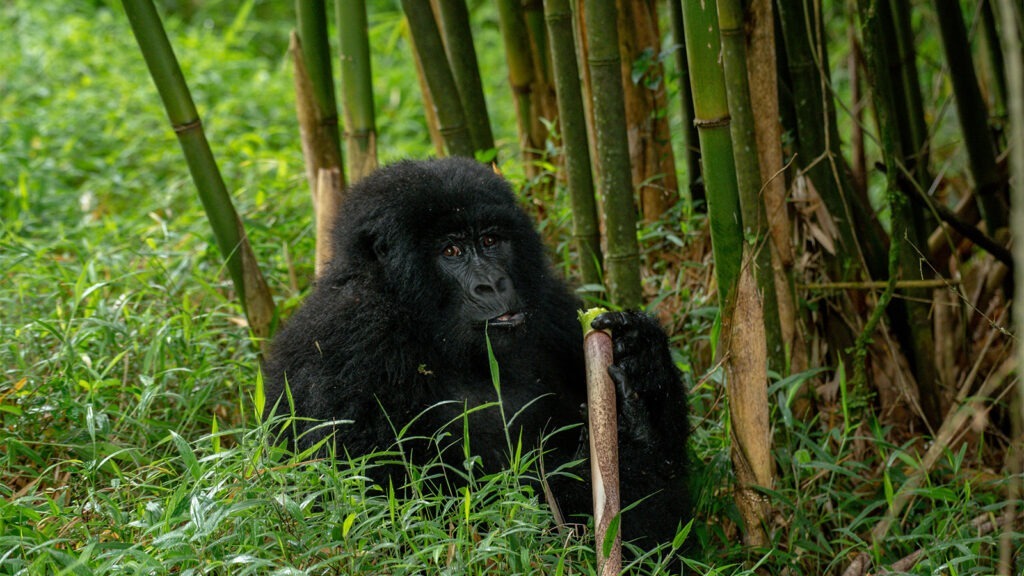
Key Guidelines Implemented
- Limited Permits and Group Size:
To reduce disturbance and preserve gorilla habitats, wildlife authorities in Rwanda and Uganda issue a limited number of gorilla trekking permits daily. Each permit allows up to eight visitors to track one gorilla family. Booking in advance through licensed operators like Nkuringo Safaris is essential. - Age Restriction:
Only individuals aged 15 and older are allowed to trek gorillas. This precaution reduces the risk of exposing gorillas to childhood illnesses. - Health Check:
Trekkers showing symptoms of communicable diseases such as colds, flu, or diarrhea are not permitted to join the trek. This protects the gorillas from potential human-borne infections. - Guided Experience:
All treks are led by experienced park guides and armed escorts for safety. Guides coordinate with trackers who have already located the gorilla family, ensuring a seamless and secure trekking experience. - Time Limit:
Visitors are allowed a maximum of one hour with the gorilla family. This limit minimizes disruption to the gorillas' natural behavior and allows other groups to visit. - Distance and Positioning:
Maintain a safe distance of at least 10 meters (32 feet) from the gorillas. Avoid encircling them, and crouch to appear non-threatening while observing. - No Eating, Drinking, or Smoking:
These activities are prohibited near the gorillas to prevent germ transmission and to avoid drawing their attention unnecessarily. - Noise Control:
Keep noise levels low and avoid sudden movements that could startle or distress the gorillas. Maintain a calm and respectful demeanor. - Photography:
Flash photography is not allowed, as it can startle and disorient the gorillas. Always ensure your camera flash is turned off before approaching the gorillas. - Waste Disposal:
Pack out all trash to leave the gorillas' environment untouched and pristine. - Face Mask:
Visitors are required to wear a face mask when close to the gorillas to prevent the transmission of human illnesses. Remember to bring a personal face mask with you.
Implementing these guidelines ensures a safe, respectful, and unforgettable experience while contributing to gorilla conservation. Contact us for more information.
How to Prepare for Your Gorilla Trek
- Physical Fitness:
Gorilla trekking involves hiking through dense forests, steep slopes, and uneven terrain. Ensure you are in good physical condition to fully enjoy the adventure. - Appropriate Clothing:
Wear sturdy hiking boots, long pants, and long-sleeved shirts to protect yourself from thorns, insects, and scratches. Since weather conditions can change rapidly, dress in layers for adaptability. - Essential Gear:
Pack a raincoat, sunscreen, insect repellent, a hat, and sufficient drinking water. A walking stick can be extremely helpful for maintaining balance on rough trails. - Hire a Porter:
Many trekkers opt to hire a porter to carry their backpack or assist during the hike. This not only makes the trek more comfortable but also supports the local community economically.
Preparing thoroughly will ensure you have a safe, enjoyable, and memorable gorilla trekking experience.
Are You Ready for This Life-Changing Adventure?
We specialize in crafting tailor-made gorilla trekking experiences in Rwanda and Uganda. As a Destination Management Company (DMC), we take care of every detail of your unforgettable adventure in Africa. From securing your permits to providing expert guides and arranging comfortable accommodations, we ensure a seamless and memorable Uganda gorilla trekking safari.
Don’t wait—contact us today to check permit availability and start planning your dream gorilla trekking adventure in Rwanda!
